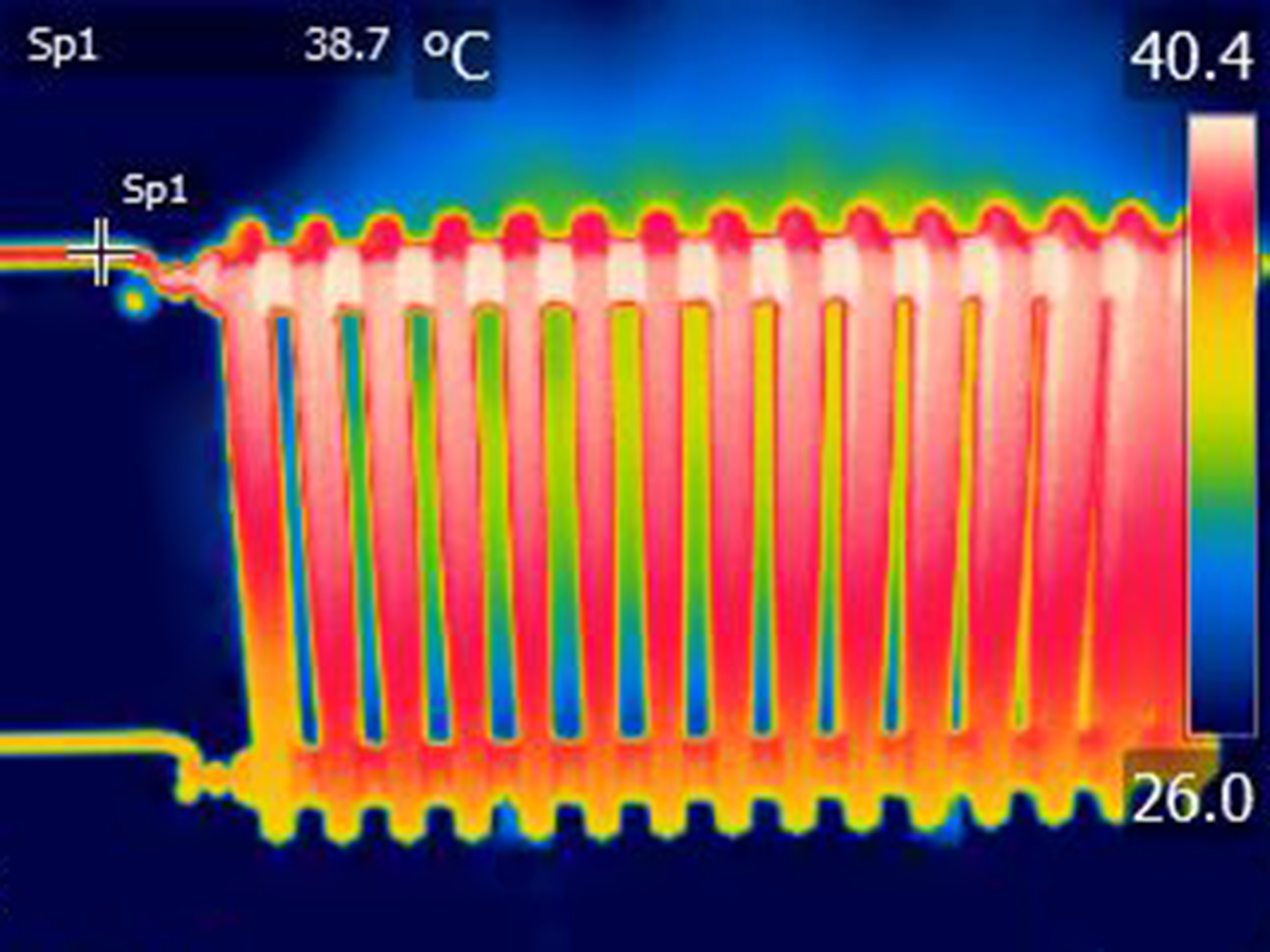Exploring New Ways to Control Thermal Radiation

 When scientists are trying to make things better, they will often turn to a standard rule and try to disprove or disrupt it.
When scientists are trying to make things better, they will often turn to a standard rule and try to disprove or disrupt it.
A consortium of researchers using the unique Molecular Foundry at Lawrence Berkeley National Laboratory (Berkeley Lab) set out to do just that with Planck’s Law.
Planck’s Law, which forms the basis of quantum theory, states that electromagnetic radiation from heated bodies is distributed over a wide range of wavelengths and wide range of angles.
However, Max Planck himself noted that the emitting energy distribution would deviate significantly from his law if the characteristic size of the emitting object is smaller than the thermal wavelength (about 10 micrometers at room temperature). With the advent of micro- and nanotechnology, it is easy to fabricate materials where Planck’s Law will not hold.
The researchers set out to determine the deviation from Planck’s Law in order to understand this impact on technologies based on nano- and micro-structured geometries. Imagine a thermal storage material that converts electricity to heat and then radiates it to a photovoltaic cell to get the electricity back when desired. The radiative emitter from the thermal storage could be made from nanostructures to maximize the performance.
Another example is in the area of high temperature nano-geometry-based thermoelectrics, where high temperature waste heat is converted to electricity. It is important to understand the radiation from these nanoscale features, as radiation is the dominant source of heat leakage at high temperatures and will lead to reduction in heat-to-electricity conversion efficiency.
Supporting Industry
Research like this is what U.S. national laboratories focus on. Researchers ask the questions and do the experiments that industry may not be able to support early on.
Scientific user facilities such as the Molecular Foundry also aid in this type of research. The Molecular Foundry is a Department of Energy (DOE)-funded nanoscience research entity that provides users from around the world with access to cutting-edge expertise, instrumentation and modeling tools in a collaborative, multidisciplinary environment.
In this case, researchers used the radiation models available in the Molecular Foundry to model the thermal radiation from rectangular nanoribbons of silica glass, a polar dielectric material. The modeling was performed using supercomputers in the National Energy Research Scientific Computing Center (NERSC), another DOE user facility located at Berkeley Lab. The experiments were conducted by researchers at University of California, San Diego.
“Nobody has explored the relative behavior of nano-geometries, particularly anisotropic nano-geometries—nanostructures that are rectangular in cross-section—in this way,” said Ravi Prasher, one of the researchers.
Practical applications for this early-stage energy conversion are important for many renewable energy applications, such as concentrated solar electricity production, water desalination, thermochemical reactions, water heating, and thermal storage.
The publication, Far-field coherent thermal emission from polaritonic resonance in individual anisotropic nanoribbons, was published in Nature Communications in March 2019.
Authors were Sunmi Shin (A doctoral student in the Materials Science and Engineering Program, University of California, San Diego); Mahmoud Elzouka, a postdoctoral research in the Energy Storage & Distributed Resources Division at Berkeley Lab; Prasher, Associate Lab Director of the Energy Technologies Area at Berkeley Lab; and Renkun Chen, a Mechanical Engineering Professor from UCSD.
# # #
Founded in 1931 on the belief that the biggest scientific challenges are best addressed by teams, Lawrence Berkeley National Laboratory and its scientists have been recognized with 13 Nobel Prizes. Today, Berkeley Lab researchers develop sustainable energy and environmental solutions, create useful new materials, advance the frontiers of computing, and probe the mysteries of life, matter, and the universe. Scientists from around the world rely on the Lab’s facilities for their own discovery science. Berkeley Lab is a multiprogram national laboratory, managed by the University of California for the U.S. Department of Energy’s Office of Science.
DOE’s Office of Science is the single largest supporter of basic research in the physical sciences in the United States, and is working to address some of the most pressing challenges of our time. For more information, please visit science.energy.gov.